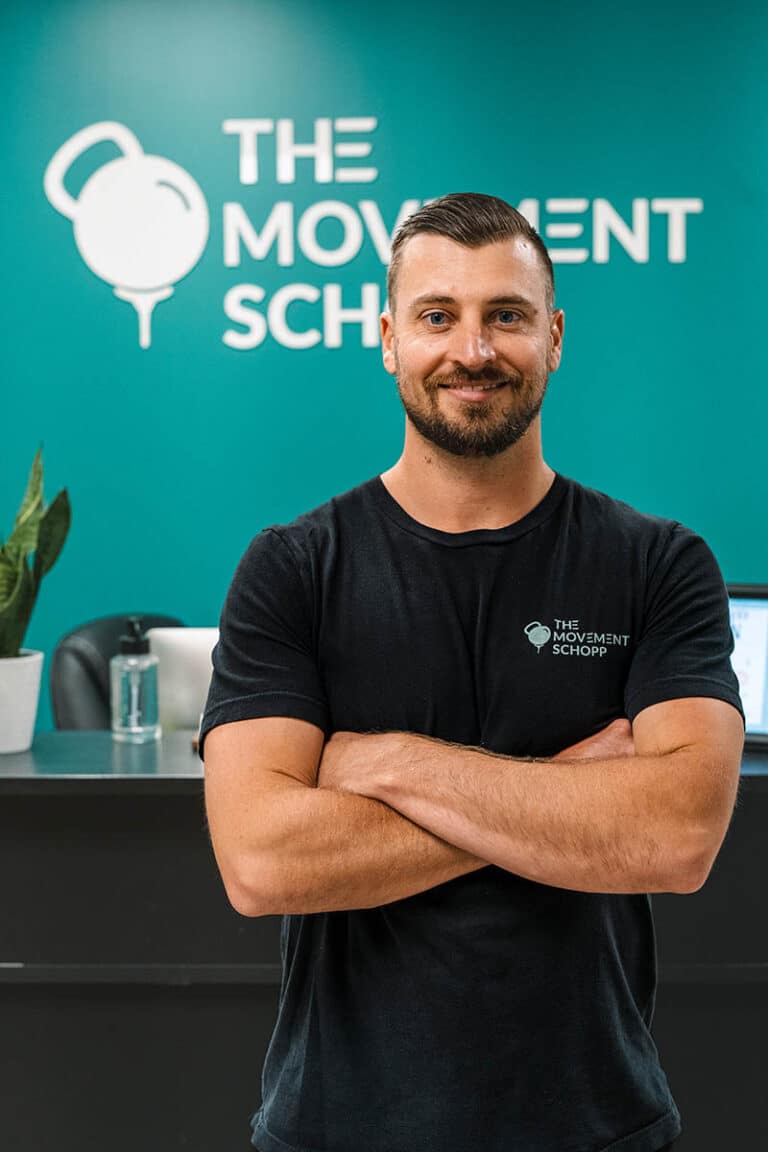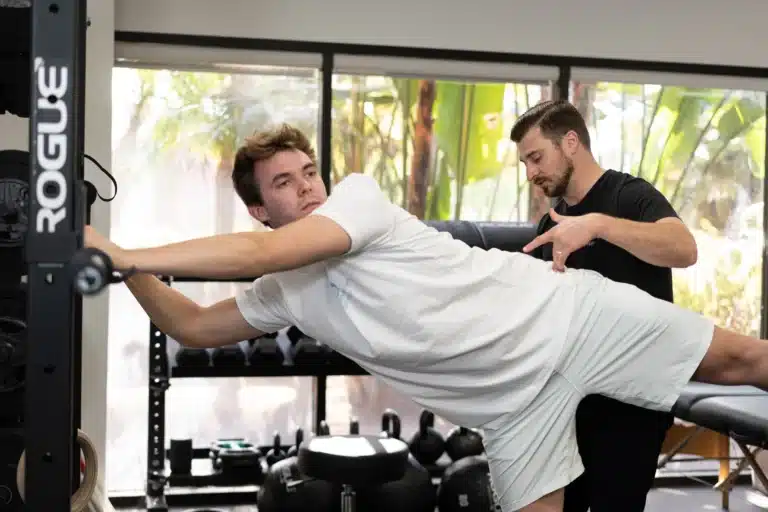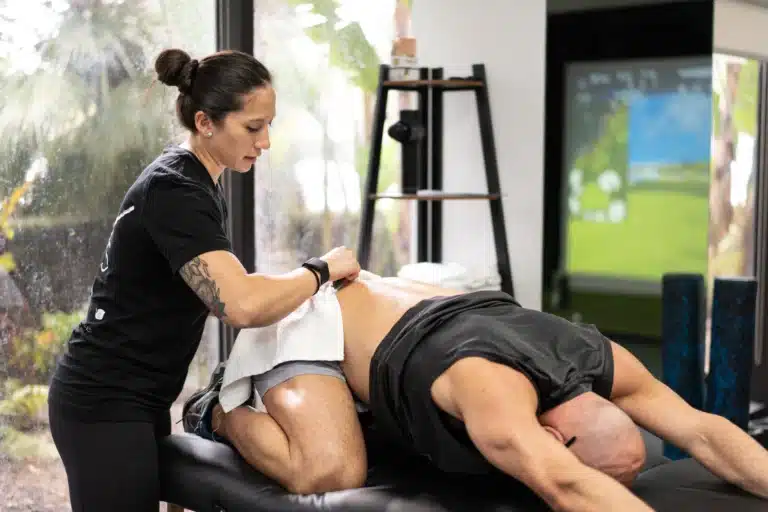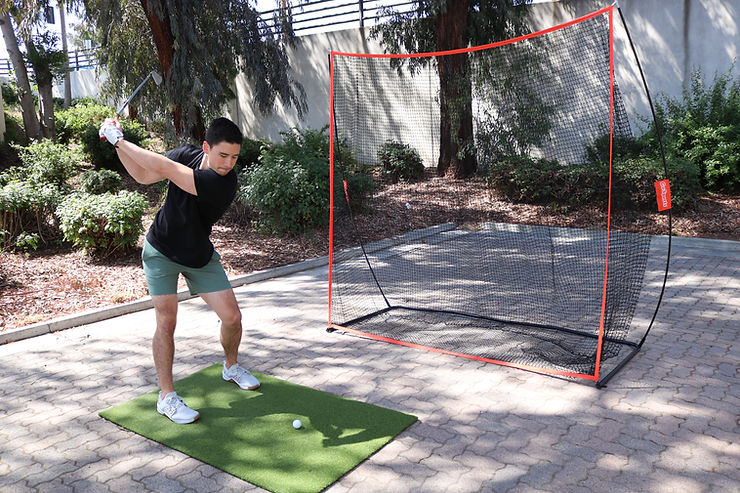Deadlifts are one of the most effective exercises for building strength, but they also come with a risk: lower back pain. Many gym-goers, athletes, and fitness enthusiasts experience discomfort or even injury while performing deadlifts due to improper form, muscle imbalances, or overloading. Fortunately, with the right technique and guidance, lower back pain can be avoided, and physical therapy can help correct any existing issues. In this article, we’ll provide key tips for deadlifting safely and explain how physical therapy can help with form correction and recovery.
Common Causes of Lower Back Pain During Deadlifts
Lower back pain while deadlifting is typically a result of one or more of the following factors:
- Poor Form: One of the biggest contributors to lower back pain is improper form. Rounding your back, failing to engage your core, or not setting your hips correctly can all put undue strain on the lower back.
- Lifting Too Heavy: Overloading the bar with more weight than your body can handle often leads to compensatory movement patterns that strain the lower back.
- Lack of Mobility: Tight hips, hamstrings, or an inflexible lower back can make it difficult to maintain proper form throughout the deadlift, leading to pain and potential injury.
- Muscle Imbalances: Weak glutes or core muscles can cause the lower back to take on more of the load than it should, leading to discomfort or injury over time.
Tips to Prevent Lower Back Pain When Deadlifting
To prevent lower back pain with deadlifts, it’s essential to follow proper technique and listen to your body. Here are some expert tips from physical therapists to help you deadlift safely:
1. Master Your Form
Good form is the foundation of a safe and effective deadlift. Here are the basics:
- Set Your Hips and Engage Your Core: Start with your feet hip-width apart, with the bar close to your shins. Hinge at the hips, not the lower back, and keep your spine in a neutral position. Engage your core muscles before you lift to protect your lower back.
- Maintain a Neutral Spine: Avoid rounding your back as you lift. Keep your shoulders back and chest up, with your head in line with your spine. A neutral spine will help distribute the weight more evenly and reduce the load on your lower back.
- Drive Through Your Heels: As you lift the bar, push through your heels rather than your toes. This helps activate the glutes and hamstrings, reducing the strain on your lower back.
Example: A weightlifter in Torrance experiencing back pain during deadlifts may benefit from working with a physical therapist who can teach proper deadlift mechanics and form adjustments to reduce back strain.
2. Start Light and Progress Slowly
One of the most common mistakes is adding too much weight too quickly. Start with a manageable weight that allows you to maintain proper form. As your strength improves, gradually increase the load while continuing to prioritize good technique.
3. Incorporate Mobility Work
Limited hip or hamstring mobility can lead to improper form, placing more stress on your lower back. Incorporate stretches and mobility exercises into your routine to improve flexibility and range of motion in your hips, hamstrings, and lower back.
Example: A gym-goer in Redondo Beach may experience lower back pain due to tight hips. A physical therapist can provide specific stretches to increase hip mobility, allowing for safer deadlifting.
4. Strengthen Your Core and Glutes
Weak glutes and core muscles often lead to compensatory movement patterns, with the lower back taking on more load than necessary. Strengthening these muscle groups will help you maintain better form and prevent lower back strain.
Example: A CrossFit athlete in South Bay who experiences lower back discomfort during deadlifts may work with a physical therapist to strengthen their glutes and core, reducing the risk of injury.
How Physical Therapy Can Help with Deadlift Form and Recovery
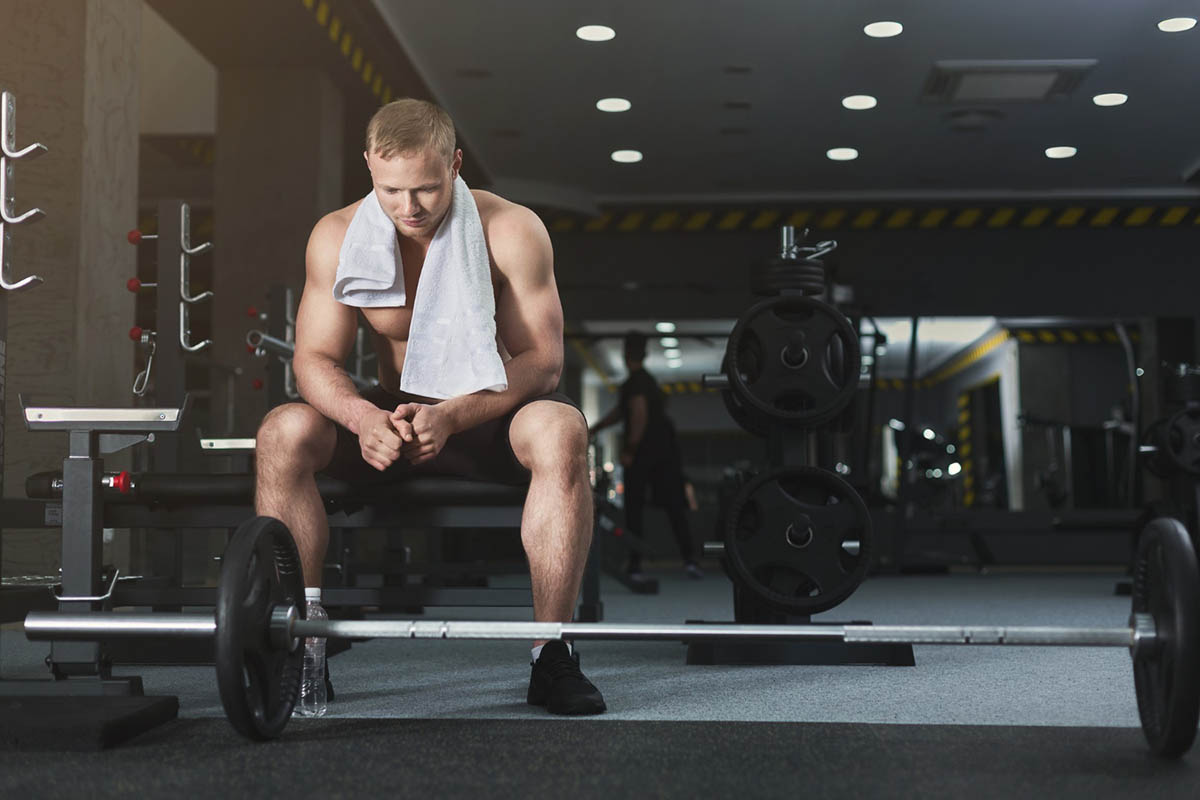
If you’re already experiencing lower back pain or want to improve your deadlift technique, physical therapy for deadlift injury is an effective solution. Here’s how PT can help:
1. Form Correction
A physical therapist can analyze your deadlift form and identify any movement patterns that may be contributing to lower back pain. With proper coaching and adjustments, you can correct these patterns to lift more safely and effectively.
2. Rehabilitation and Injury Prevention
If you’ve already suffered a deadlift-related back injury, physical therapy can guide you through a safe recovery process. Your therapist will develop a personalized plan to strengthen your back, improve mobility, and prevent future injuries.
Example: A lifter in Hermosa Beach recovering from a lower back strain can work with a physical therapist to build a customized recovery program that includes mobility exercises, strengthening work, and deadlift form corrections.
3. Long-Term Performance and Injury Prevention
Beyond injury recovery, physical therapy helps prevent future issues by addressing muscle imbalances, improving mobility, and teaching proper lifting mechanics. Regular sessions with a therapist can keep you lifting pain-free for the long term.
Conclusion: Lift Safely with Physical Therapy
Deadlifts are an excellent exercise for building strength, but poor form or mobility issues can lead to lower back pain. By following the tips above and incorporating physical therapy for deadlift injury and form correction into your routine, you can prevent injury and lift with confidence. Whether you’re training in South Bay, Torrance, or Palos Verdes, The Movement Schopp is here to help you master your deadlifts and stay injury-free.

